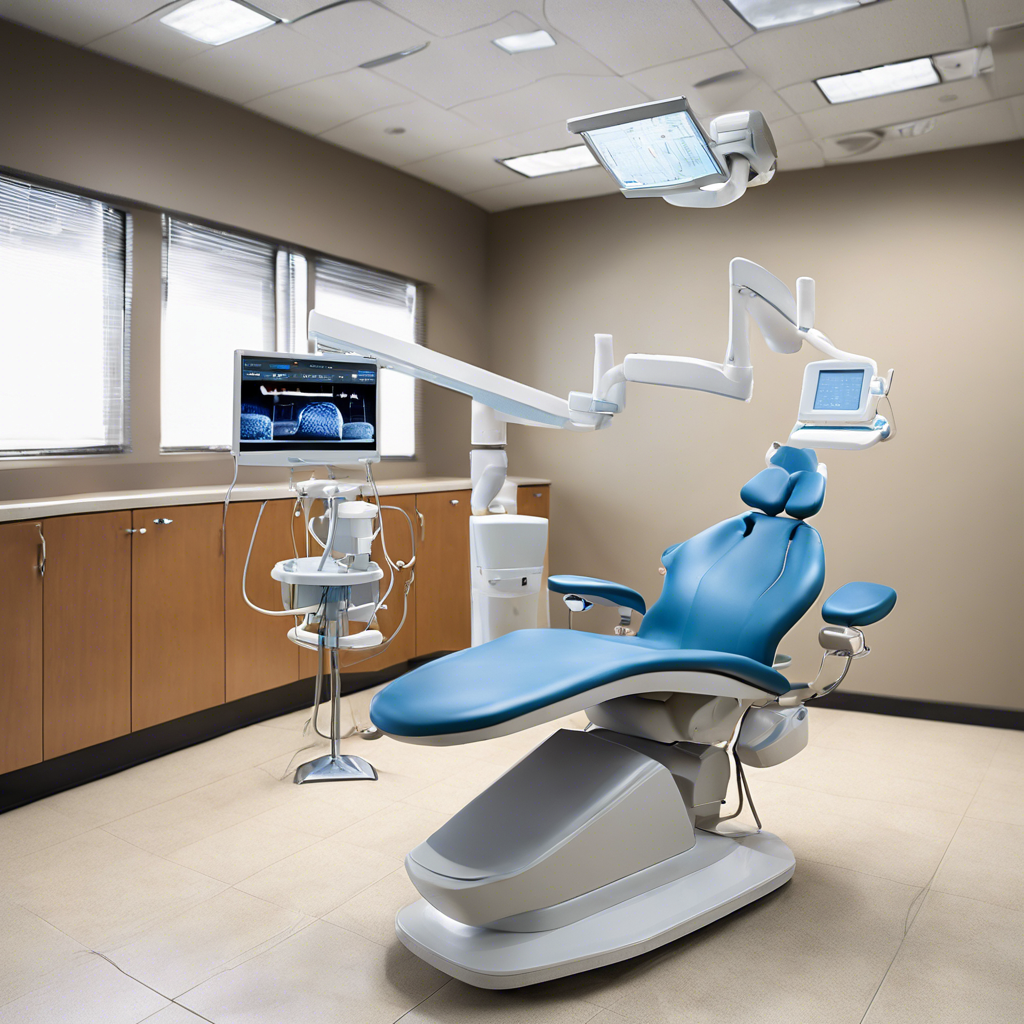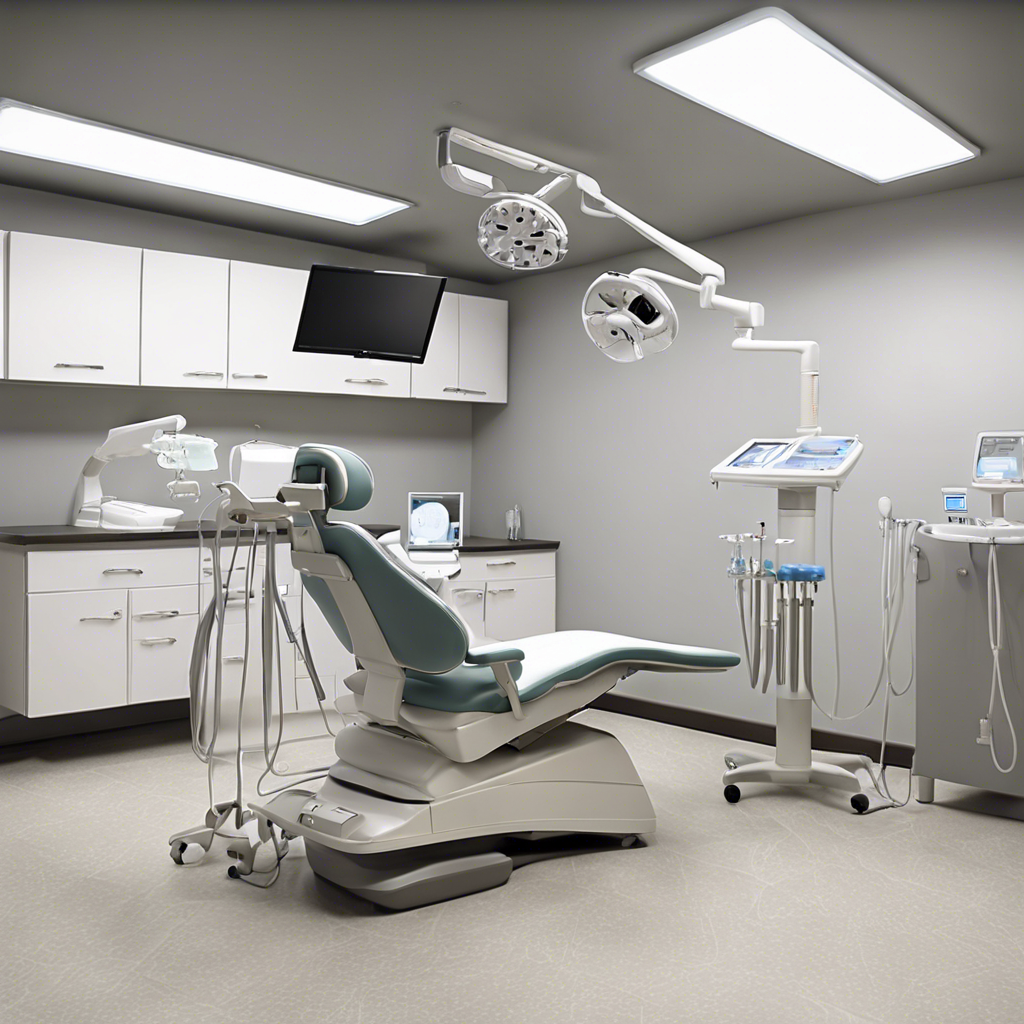How You Can Maximize Indoor Air Ventilation Efficiency in Your Dental Practice for Improved Treatment Room Airflow
- Jeffery Gauthier
- Jul 31, 2024
- 2 min read
Updated: Jan 14
In the dynamic world of dental practices, ensuring an environment that promotes safety and comfort for both patients and staff is paramount. A crucial aspect often overlooked is indoor air ventilation. Today, we delve into the significance of maximizing ventilation efficiency in your dental practice, exploring the benefits, offering essential tips for airflow management in treatment rooms, and considering the role of technology in air quality monitoring.
Benefits of Efficient Ventilation in Dental Settings
Efficient indoor air ventilation is more than just circulating air; it is about maintaining a clean and healthy environment that fosters optimal patient care. Here are the key benefits:
Enhanced Patient Comfort : Proper ventilation helps control temperature and humidity levels, ensuring patients feel comfortable during treatments.
Improved Air Quality : By constantly removing airborne particles, bacteria, and odors, efficient ventilation contributes to better air quality, reducing the risk of airborne infections.
Staff Well-being : Adequate ventilation not only safeguards patients but also protects the well-being of your staff by providing a fresh and hygienic workspace.
Regulatory Compliance : Prioritizing ventilation aligns your practice with industry standards and regulations, showcasing your commitment to health and safety.
Tips for Airflow Management in Treatment Rooms
To optimize airflow within treatment rooms and reap the benefits of efficient ventilation, consider the following strategies:
Placement of Air Vents : Position air vents strategically to ensure proper air circulation and distribution throughout the room, avoiding stagnant air pockets.
Utilize Air Purifiers : Supplement your ventilation system with air purifiers equipped with HEPA filters to trap and remove airborne contaminants effectively.
Regular HVAC Inspections : Schedule routine maintenance checks for your HVAC system to guarantee optimal performance and air quality in your practice.
Open Windows When Possible : Where feasible, open windows to allow natural ventilation and fresh air into the treatment rooms, creating a pleasant atmosphere.
Utilizing Technology for Air Quality Monitoring
In our technologically advanced era, monitoring indoor air quality has been revolutionized by innovative solutions. By leveraging air quality monitoring devices and systems, you can proactively manage and maintain a healthy environment in your dental practice. These technologies offer real-time data on parameters like particulate matter, humidity levels, and volatile organic compounds (VOCs), empowering you to make informed decisions regarding ventilation and air purification.

Conclusion
In conclusion, prioritizing indoor air ventilation efficiency in your dental practice is a crucial step towards enhancing patient care, ensuring staff well-being, and complying with industry standards. By implementing the tips provided for airflow management and embracing technology for air quality monitoring, you elevate the overall experience within your practice and create a space that is conducive to healing and well-being.

As you navigate the intricacies of dental practice management, remember that optimizing ventilation is not just about air—it's about cultivating an environment where health and care thrive harmoniously.







Comments